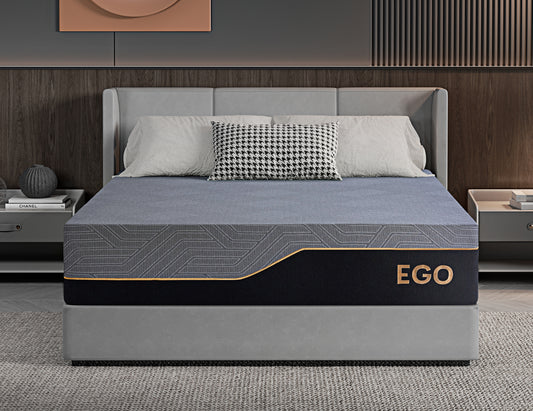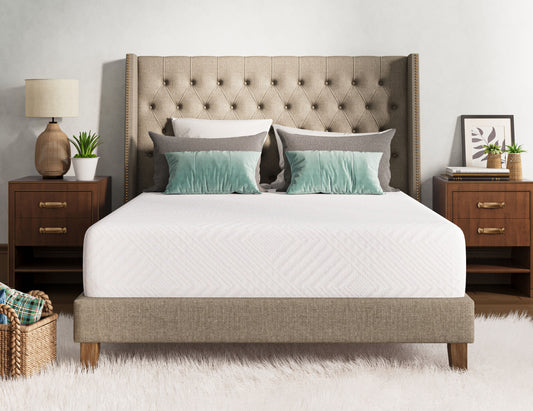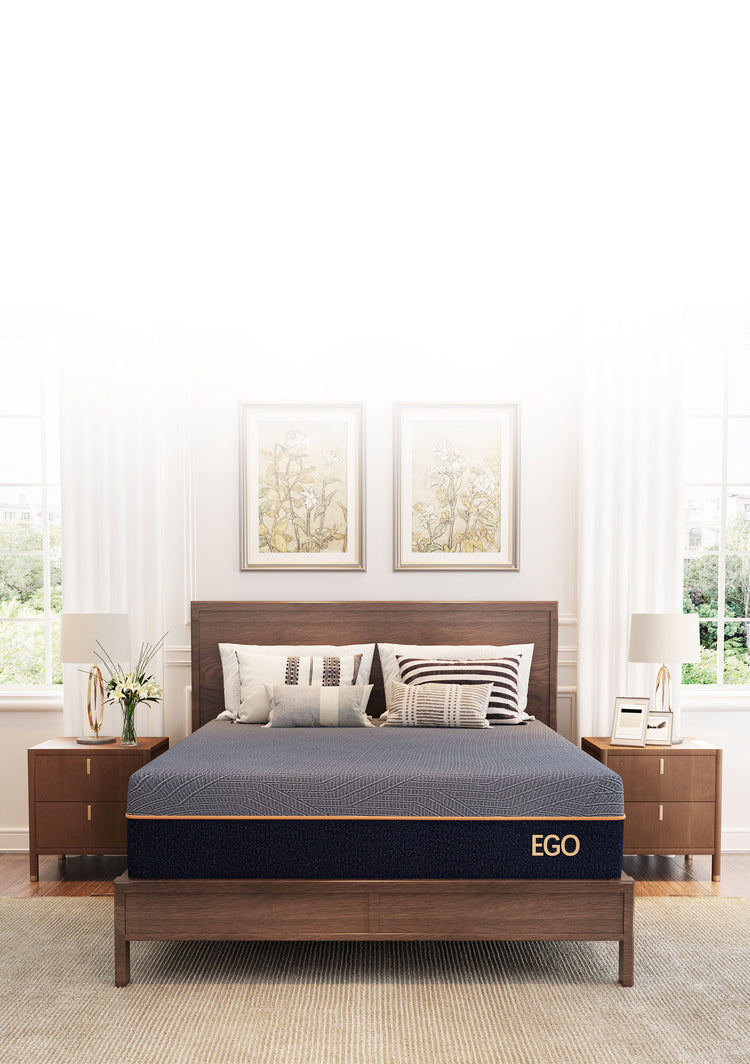Sort by:

Cooling Gel Pillow
starting from
$92.90
$59.90

CozyFlex Futon Couch
starting from
$599
$401.33

Dual-Sided Cooling Comforter
starting from
$179
$124.90

EaseFlex Futon Couch
starting from
$679
$439

Egg Crate Lavender Topper
starting from
$89
$59.90

EGOHOME Aero Chill Mattress
Ultimate cooling & ultra comfort
starting from
$599
$359

EGOHOME Aero Plush Mattress
Unparalleled pressure relief
starting from
$649
$337.48

EGOHOME Black 10" Mattress
Graphene-boosted comfort
starting from
$449
$219.99

EGOHOME Black 12" Mattress
Hugging comfort & aligning support
starting from
$449
$299.99

EGOHOME Black 12" Pro Mattress
Dual-Engineered Cooling
starting from
$499
$259.99

EGOHOME Black 14" Classic Mattress
Top-notch comfort and support
starting from
$449
$299.99

EGOHOME Black 14" Firm Mattress
An exclusive firm solution
starting from
$549
$359.99

EGOHOME Black 14" Mattress
A must-have of deep sleep
starting from
$599
$305.99

EGOHOME Dreamer Mattress
Green tea infused, sleep refreshed
starting from
$199
$114

EGOHOME Dreamer Pro Mattress
Maintain a fresh sleep environment
starting from
$249
$169

EGOHOME Dreamer RV Mattress
Sleep well everywhere
starting from
$379
$284.90

Gel Air Topper
starting from
$129
$77.90

Graphene Air Topper
starting from
$149
$66.90
Designed for Every Body
Our Gel AeroFusion Foam® adapts to your shape, offering personalized support
and cooling comfort. With advanced gel infusion, it prevents overheating for a
refreshing, restful sleep—so you wake up ready to take on the day.
and cooling comfort. With advanced gel infusion, it prevents overheating for a
refreshing, restful sleep—so you wake up ready to take on the day.
All-Climate Comfort
Enjoy the comfort of memory foam without temperature worries. Our Gel AeroFusion Foam® delivers consistent support in any season.
Unmatched Support
Our Gel AeroFusion Foam® adapts to your body, relieving pressure and evenly dispersing weight for restful sleep in any position.
Motion Isolation
Sleep undisturbed, even if your partner moves. Gel AeroFusion Foam® minimizes motion transfer for uninterrupted, deep sleep.
Better Temp Control
Stay cool all night with our gel-infused foam, designed to regulate temperature and keep you comfortable, even on warm nights.
Included with Every EGOHOME Mattress

100-Night Home Trial
Sleep soundly or your money back—no hassle.

10-Year Limited Warranty
Rest easy knowing your purchase is protected.

Free Shipping & Easy Returns
Enjoy free delivery and painless returns across the continental U.S.

Made in the USA with imported fabric
Experience the local quality that meets rigorous standards.

Financing Available
Flexible financing options available to make comfort more accessible.

Rated 4.8 Stars
2,000+ Customer Reviews and Ratings.
What People Say
Got Questions? We've Got Answers.
Filter by















